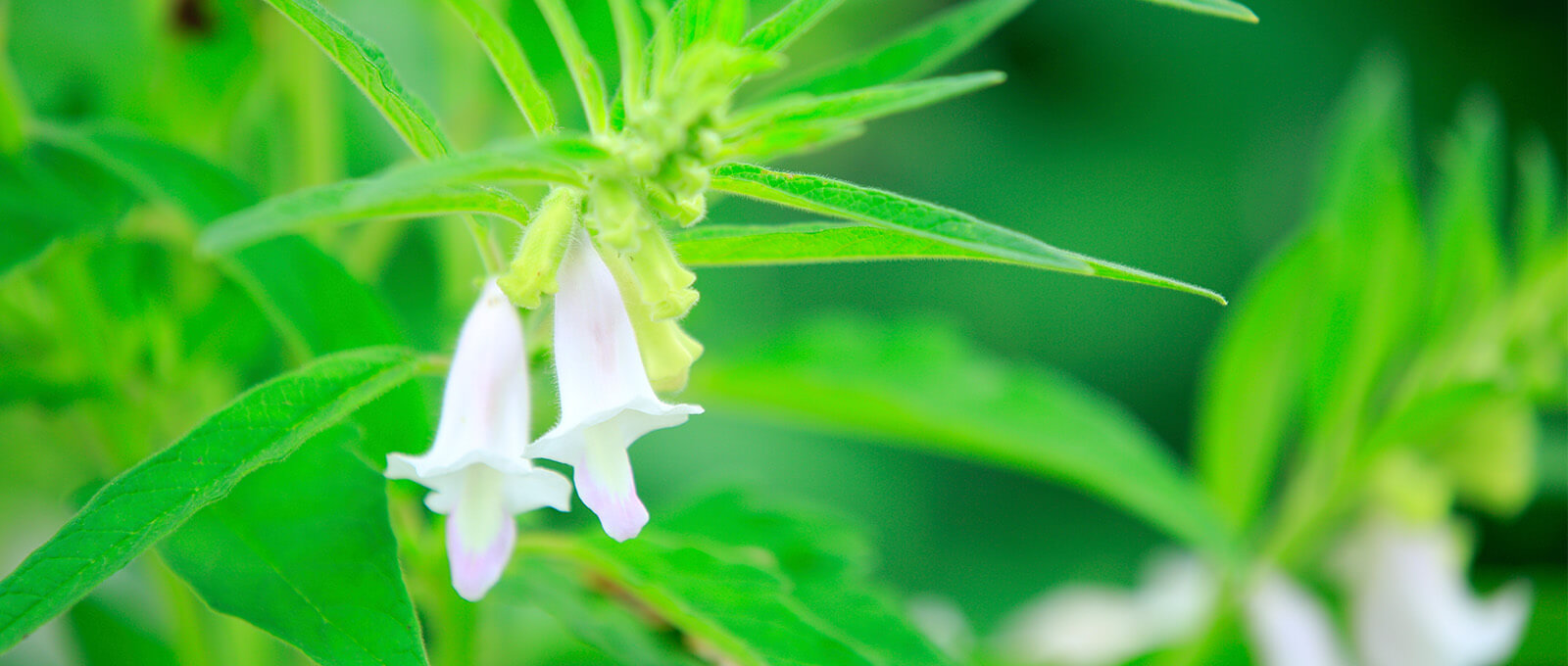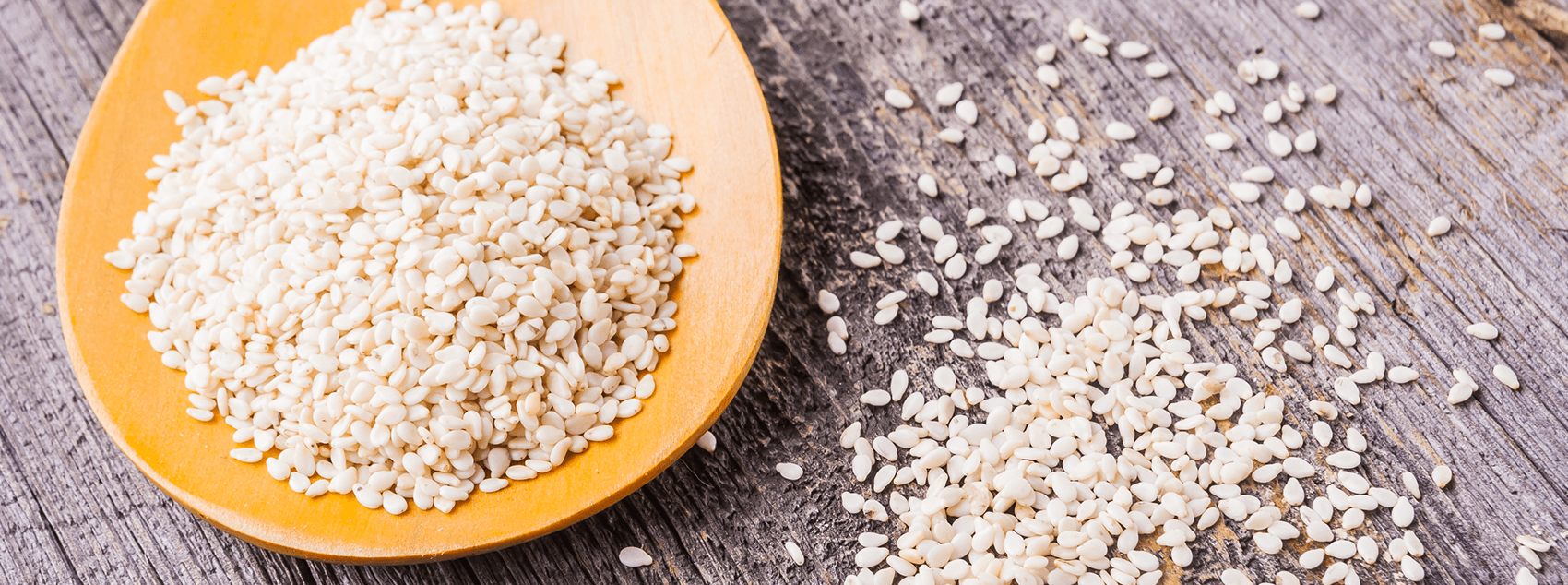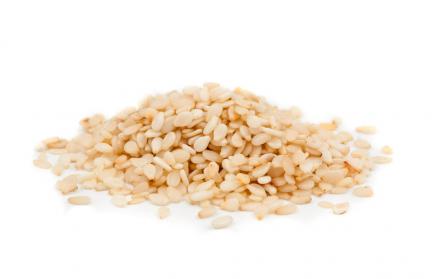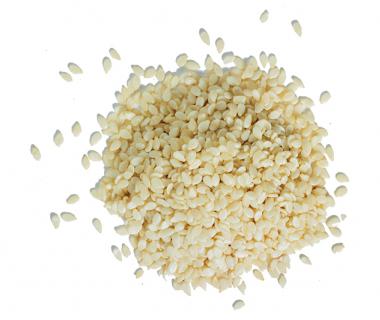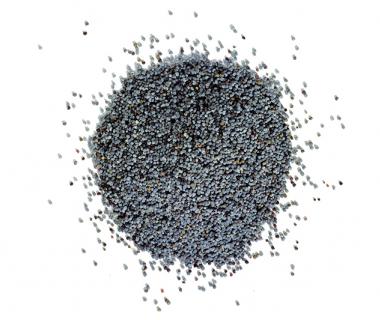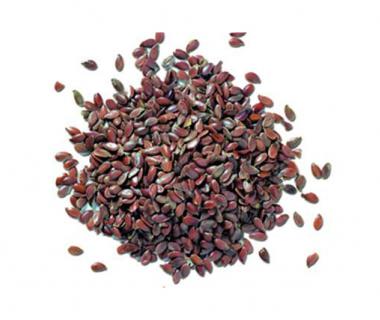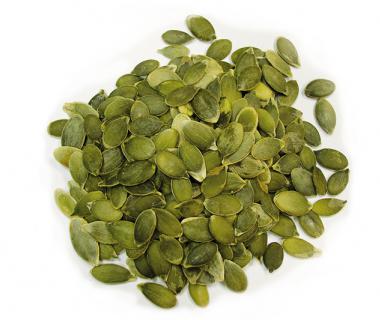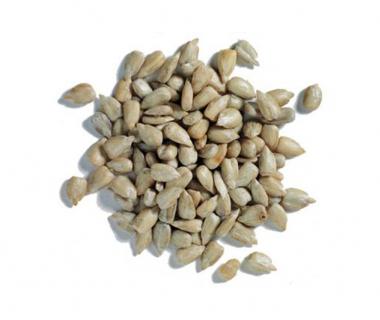Sesame seeds
Sesame seeds are a widespread crop and probably one of the oldest oil plants in the world. Sesame is originally native to parts of India and Africa. Sesame has been detected at sites of the Indus culture, including in 5,000-year-old strata, and in Mesopotamia, with 4,000-year-old finds. On a clay tablet from the Babylonian culture is written in cuneiform writing "sesame spice the gods", which testifies the esteem that was given to the plant in ancient times. The Egyptians, Greeks and Romans also appreciated the plant as a spice seed and oil. Today, sesame is grown worldwide in tropical and subtropical areas.
The annual, herbaceous plant with a height of 10-180 centimeters blooms with flowers that range in hue from white to dark pink. After the maturity of the seed capsules, the sesame seeds are cut and dried in bundles. The seed capsules slowly open and golden yellow, red or black sesame seeds fall out.
The largest producing countries of sesame today are China, India and Myanmar, each with around 580-670,000 tons annually. The most important African producing countries are Sudan, Uganda and Nigeria with 100 to 200,000 tons annually.
The nutty-aromatic seed has a high content of calcium at 700 mg per 100 g. However, sesame seeds are also a strong allergen requiring declarations, even in very small amounts, on the list of ingredients. With sesame seeds you make halva, tahina and hummus, and sesame bars with sugar or honey are a popular snack. In the bakery industry, sesame is mainly used as a tasty topping for rolls and pastries.

